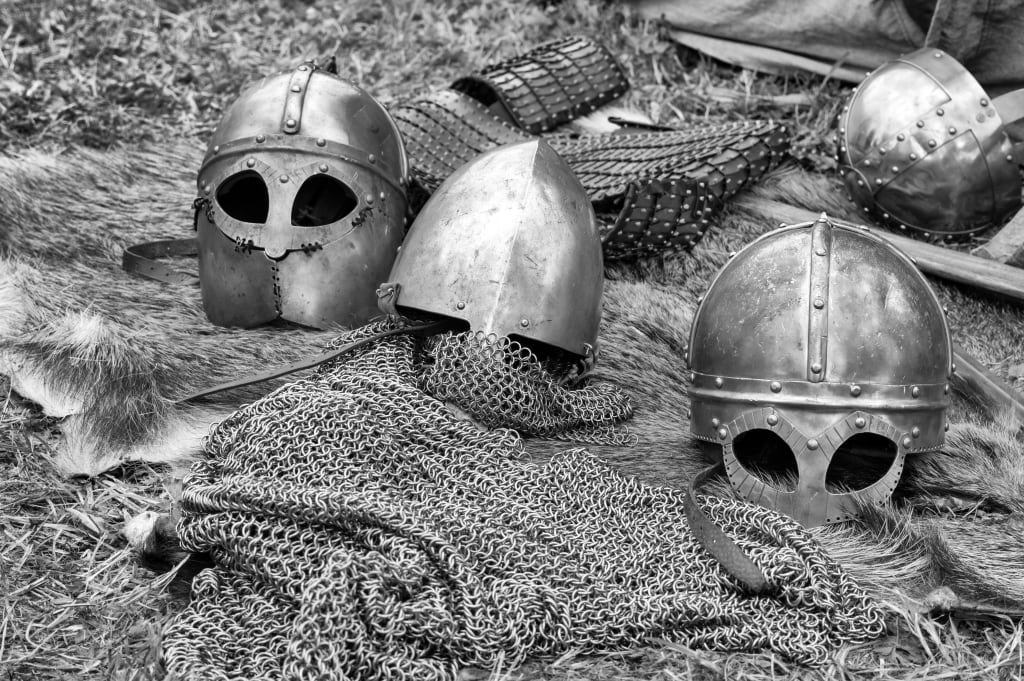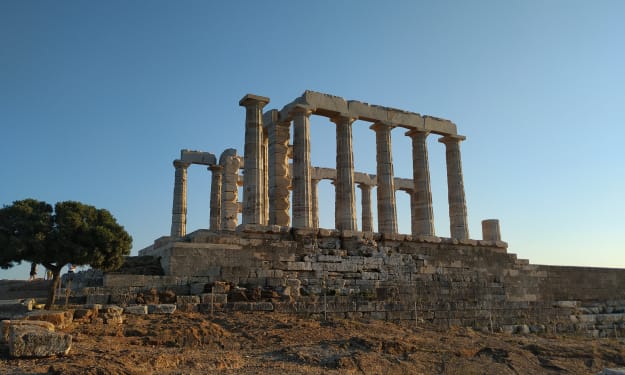The Medieval Dark Ages
In the Middle Ages, death was seen as a natural part of life and had a constant presence in society. The death rate was high due to disease, famine, and war.

The Medieval Dark Ages is an expression used to refer to the historical period between the end of the Western Roman Empire, in 476 AD, and the beginning of the Renaissance, in the 14th century. This period is characterized by low intellectual and artistic production, political and social instability, and the influence of the Catholic Church on people's lives. The economy was based mainly on agriculture, and the great empires of the past were replaced by small kingdoms and principalities.
In the 5th century, until the beginning of the Modern Age, in the 15th century. It is characterized by a decline in trade and economy, as well as a lack of political stability and the expansion of barbarian invasions. It was also a period of major religious change, with Christianity becoming the dominant religion in Europe. The 14th century. This period is characterized by low intellectual and artistic production, political and social instability, and the influence of the Catholic Church on people's lives. The economy was based mainly on agriculture, and the great empires of the past were replaced by small kingdoms and principalities.
The Medieval Dark Ages
The Medieval Dark Ages is a historical period extending from the 5th century to the 11th century. This period was marked by a series of events, including the fall of the Western Roman Empire, barbarian invasions, the rise of Christianity and Islam, and the formation of feudal kingdoms.
Medieval society was predominantly agrarian and strongly hierarchical, with the nobles and the church wielding great economic and political power. Science, arts and culture were also affected by the period, with the preservation and transmission of knowledge being carried out mainly by monasteries and medieval universities. The Catholic Church had great influence during this time and science and technology did not evolve much.
This period was marked by a number of events, including the fall of the Western Roman Empire, barbarian invasions, the rise of Christianity and Islam, and the formation of feudal kingdoms. Medieval society was predominantly agrarian and strongly hierarchical, with the nobles and the church wielding great economic and political power. Science, arts, and culture were also affected by the period, with the preservation and transmission of knowledge being carried out mainly by monasteries and medieval universities.
Sickness and Death in the Medieval Era
In the Middle Ages, death was seen as a natural part of life and had a constant presence in society. The death rate was high due to disease, famine, and war. Most people died at home, surrounded by family and friends, and bodies were usually buried in cemeteries near churches. Funeral ceremonies were generally simple, but people believed in life after death and there was a strong belief in reincarnation or the Last Judgment. Religious beliefs also played an important role in preparing for death and comforting loved ones left behind.
Death was a constant presence in the Medieval Era, due to poor health and hygiene conditions, lack of advanced medical knowledge, and wars and other forms of violence. The infant mortality rate was high, and many diseases, such as the Black Death, wreaked havoc among the population. Death was also often associated with religious rituals and elaborate funeral practices. The Catholic Church played an important role in consolidating the dying and preparing the dead for burial. The belief in life after death was also widely accepted and the souls of the dead were often remembered in prayers and offerings.
About the Creator
Ricardo de Moura Pereira
I love to read writing and watch many documentaries in history, to have more knowledge in all science.
I work with digital marketing, and create articles for newspapers and marketing content.
Enjoyed the story? Support the Creator.
Subscribe for free to receive all their stories in your feed. You could also pledge your support or give them a one-off tip, letting them know you appreciate their work.






Comments
There are no comments for this story
Be the first to respond and start the conversation.